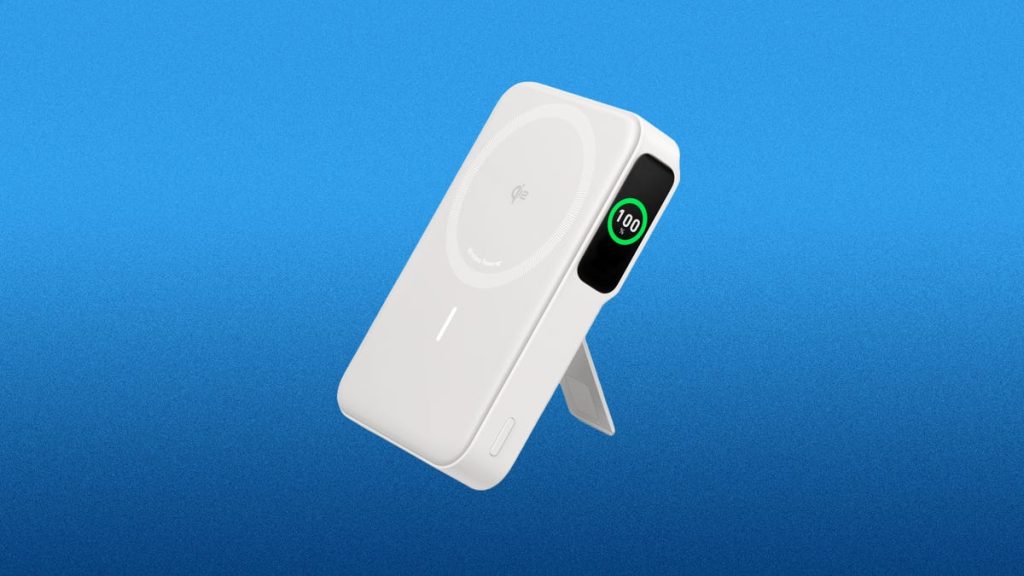The debate between Lightning and USB-C connectors has been a prominent issue among iPhone users for years. While Apple has used the Lightning connector for charging in iPhones up until the iPhone 14 series, the introduction of the iPhone 15 series marks a shift towards USB-C. However, the practical differences between Lightning and USB-C connectors are minimal when it comes to charging with power banks. Most power banks come with USB-C or USB-A outputs that can be used to charge iPhones or other electronic devices with the cable provided. Therefore, for most users, the debate between Lightning and USB-C connectors may not be as significant as it seems.
When it comes to wireless charging, iPhone users encounter the choice between Apple’s MagSafe standard and the Qi standard. While iPhones since the iPhone 8 and iPhone X models offer inductive wireless charging, Apple’s MagSafe standard allows for faster charging speeds when using MagSafe-compatible power banks. Power banks that are fully MagSafe compatible can charge iPhones at a faster 15-watt level when magnetically attached to the device. However, more affordable models may still attach magnetically but charge at a slower 7.5-watt speed. Users should also ensure that their iPhone has a MagSafe-compatible case for optimal charging efficiency. Additionally, with the iPhone 15 series, Apple has hinted at compatibility with the emerging Qi2 standard, although specific benefits over the original Qi standard have yet to be confirmed.
When choosing a power bank, users often consider the balance between power capacity and weight. Most baseline power banks offer a capacity of 5,000 mAh, which should provide at least one full charge for an iPhone. However, chargers with higher capacities, such as 10,000 mAh or more, are available but tend to weigh more. This is particularly important for users who plan on traveling with the power bank in a purse, backpack, or pocket. Balancing the need for higher power capacity with the added weight of the charger is a key consideration for users when selecting a power bank that meets their charging needs while remaining portable and convenient for everyday use.
While power capacity and weight are important factors to consider when selecting a power bank, users should also examine other features such as charging speed, compatibility with their devices, and additional functionalities. Some power banks come with fast charging capabilities, multiple charging ports, and built-in cables for added convenience. Users may prioritize fast charging speeds, versatility in charging different devices, or portability when choosing a power bank that best suits their needs. Additionally, the emergence of new technologies and standards, such as Qi2, may offer improved charging capabilities that users should consider when investing in a new power bank. By evaluating these factors and considering their specific charging requirements, users can make an informed decision when selecting a power bank that aligns with their lifestyle and device usage.


